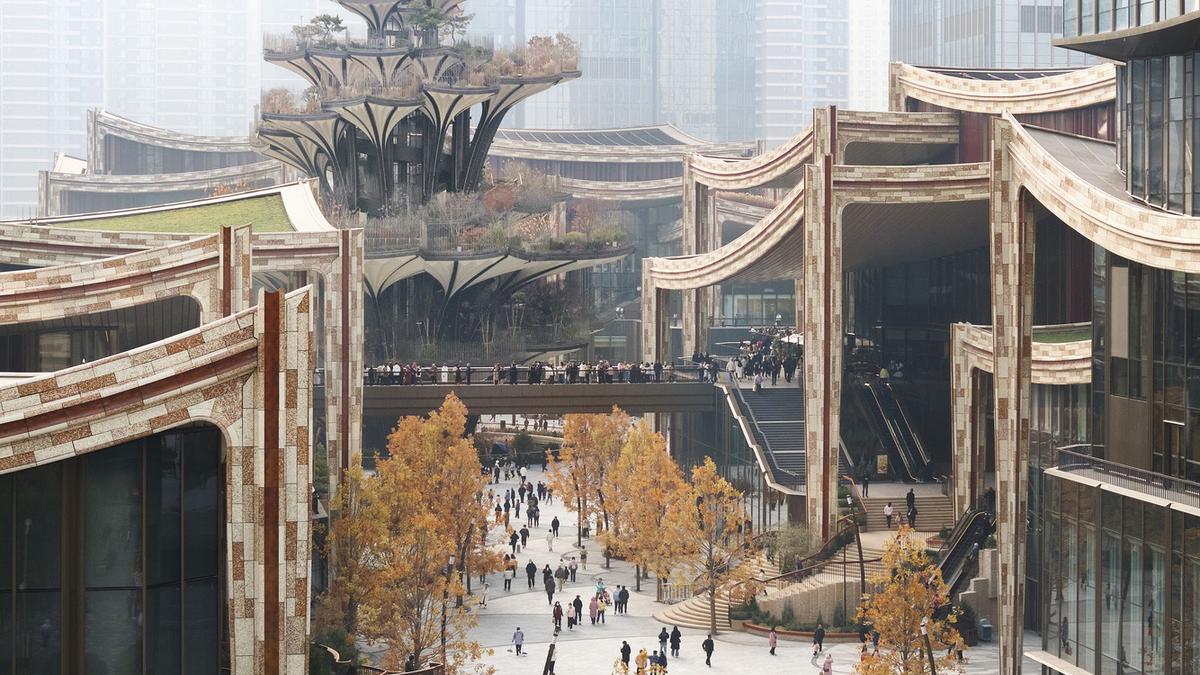As children, many of us paused to tap a touch-me-not plant and watch the leaves curl inward. It was a quiet kind of wonder: a plant that responded to us. Years later, I felt that same magic when I touched a metal lamp. No switch, no sound — just a soft glow that responded to the touch.
That’s the kind of design that stays with you. That stirs something deep. Something human.
Think of Catalan architect and designer Antoni Gaudí’s Sagrada Família, the largest unfinished Catholic church in the world, where wild and organic forms interact with the light like it’s alive. Or, a Japanese toilet seat that is gently warmed before you sit down. Different, yet bound by the same thread — they’re not just made to function but to feel. To comfort. To surprise. To connect.
There comes a point when minimalism starts to feel boring. When the design forgets the senses, forgets the human. What is missing is a kind of generosity to engage and to nourish.
So, how should we make things today? Maybe the answer lies not in more function or efficiency but in creating moments, emotions and experiences. Can we bring together technology, craft, and emotion to make things that truly move us?
Where nature and technology meet
As humans, we’re tuned to respond to nature — its patterns, rhythms, and quiet shifts. Amsterdam-based Studio Drift, co-founded by artist duo Ralph Nauta and Lonneke Gordijn, taps into this instinct. At Milan Design Week, their immersive installation I AM STORM was based on the lightness that one feels in a field of grass swaying in the wind. The installation was made with long white swaying forms where you are not only observing, you are the wind.
Studio Drift creates moments that connect us back to something elemental. Their work reminds us that we’re not separate from nature — we’re part of it. If we listen closely, we might find new ways to live, to adapt and to design with care.
Reject the predictable
In his book Humanize (2023), English designer Thomas Heatherwick argues that the answer to soulless spaces isn’t simplicity but the right kind of complexity. In his projects, Heatherwick rejects flat and predictable surfaces. He embraces curves, textures, and rhythm, where the design is alive and layered.
Take the new cultural district his studio designed in Xi’an, China, which opened last December. Nestled between temple ruins and a broadcast tower, it weaves together walkable streets, green spaces, homes, and a vertical park. At a distance, the skyline speaks to the sloping roofs of the ancient temples. At the street level, the interlocking terraces and shifting levels offer changing views. At your doorstep, soft-edged stones and ceramic tiles invite touch and pause. In a world filled with generic new developments, this one feels rooted, engaging, and full of character.
Celebrate curiosity and joy
Philippe Starck, the French industrial designer and architect, doesn’t like being called a designer. The word, he says, feels too narrow and too tied to consumption. What we really need isn’t more stuff, it is more tenderness, curiosity and joy.
Maison Heler, which opened in March in the Amphithéâtre district inMetz, France, is a whimsical hotel designed by Starck around the imaginary life of Manfred Heller — an orphan who inherits a grand mansion and out of boredom, begins to invent wildly.The result? A surreal metal house perched atop a nine-storey monolithic tower. Inside is a restaurant, bar, and gathering spaces — all part of Manfred’s strange and poetic world. For Starck, design is storytelling. It’s a place where fiction and function meet. In that overlap, we feel something real.
In a time when so much design is about speed, scale, and efficiency, perhaps what we need is to slow down. To take in the city’s skyline. To be curious, feel the movement around us, and remember who we are. When we design with emotion and build with care, the objects we create are more likely to last. They’re loved and inherited.
Because the things that move us are the ones we keep.
The writer is founder and principal architect, Urban Workshop.
Published – April 25, 2025 05:24 pm IST
